Giant sequoia or could it be a juniper
dhd47
9 years ago
Related Stories

EXTERIORSWhere Front Yards Collide: Property Lines in Pictures
Some could be twins; others channel the Odd Couple. You may never look at property boundaries the same way again
Full Story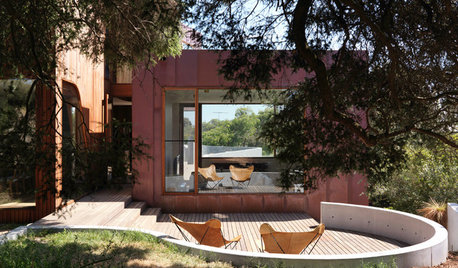
HOUZZ TOURSHouzz Tour: Connecting to the Landscape in Melbourne
Views of iconic moonah trees and plenty of wood indoors help an Australian home connect with its site
Full Story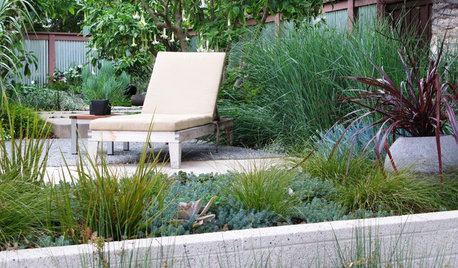
LANDSCAPE DESIGNGet More From Your Garden by Mixing Things Up
Consider an eclectic outdoor style with defined hardscapes softened by exuberant, informal plantings
Full Story
GARDENING FOR BIRDSWild Birds Transform a Woman’s Garden and Life
How Sharon Sorenson created a wildlife haven and became the Bird Lady of Southern Indiana
Full Story
INSPIRING GARDENSFrom Concrete Lot to Gracious Organic Garden in Seattle
Plants, pests and even weeds have a place in this landscape, which offers an edible bounty and a feast for the eyes
Full Story
GARDENING GUIDES8 Plants That Snobs Love to Hate — and You'll Love to Grow
Don't dismiss these common annuals, perennials and shrubs — there are reasons they've been popular for so long
Full Story
GARDENING AND LANDSCAPINGGrow a Lush Privacy Screen
No need to wait forever for patio privacy the green way. These 10 ideas will get your screening up and running in no time
Full Story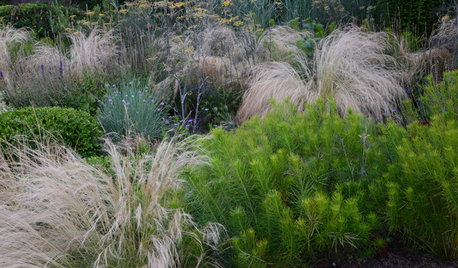
GARDENING GUIDES4 Ways to Break the Rules in Your Garden
For a more creative landscape design, take a different approach to planting
Full Story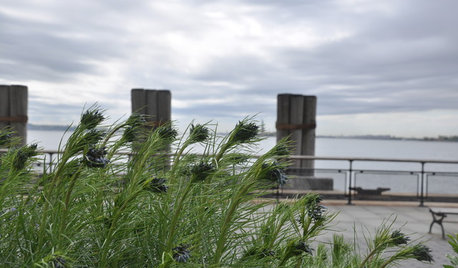
GARDENING GUIDES10 Native Wildflowers With Unique Foliage
When the flowers fade, these leaves keep the garden looking good
Full Story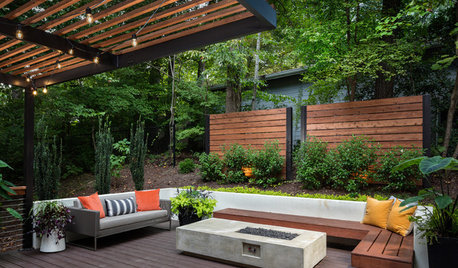
GARDENING AND LANDSCAPING8 Rot-Resistant Woods for Your Outdoor Projects
No need for chemical treatments on your deck or pergola. These woods stand up to weather, insects and time beautifully on their own
Full StoryMore Discussions









ken_adrian Adrian MI cold Z5
Embothrium
Related Professionals
Mitchellville Landscape Architects & Landscape Designers · Owings Mills Landscape Architects & Landscape Designers · Panama City Landscape Architects & Landscape Designers · Broadlands Landscape Contractors · Damascus Landscape Contractors · Davidson Landscape Contractors · El Mirage Landscape Contractors · Fair Oaks Landscape Contractors · Farmington Landscape Contractors · Mahwah Landscape Contractors · North Canton Landscape Contractors · Quincy Landscape Contractors · Riverhead Landscape Contractors · West Allis Landscape Contractors · Quartz Hill Landscape Contractorsedlincoln
qwade
qwade
edlincoln
dhd47Original Author
edlincoln
dhd47Original Author
sam_md
dhd47Original Author
dhd47Original Author
bil Bill